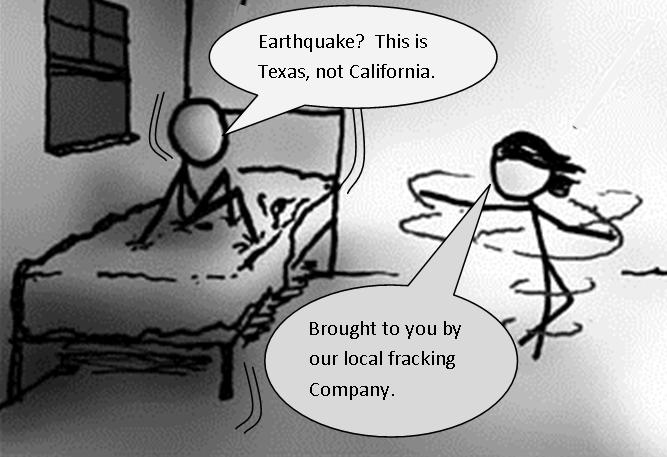 Chlorella sp. is a species of algae that has a significant proportion of fatty acids to its body mass. For humans, this can be a problem. But, in a world needing more clean energy, fatty biomass is considered a promising option by many scientists and engineers.
Chlorella sp. is a species of algae that has a significant proportion of fatty acids to its body mass. For humans, this can be a problem. But, in a world needing more clean energy, fatty biomass is considered a promising option by many scientists and engineers.
Why algae? Algae can grow in a body of water almost anywhere. We don’t need to use any of our precious farmland to grow it. Water conservationists may initially be concerned, but a group of scientists found that Chlorella sp. thrives in our waste water. Not only that, it cleans up the water, removing ammonia and a host of toxic metals. According to their report, the algae could be used to help clean up waste water at municipal water treatment plants then harvested for biofuels.
 I had a chance to speak with Dr. Martin Poenie, Associate Professor in Molecular Cell & Developmental Biology, at The University of Texas at Austin. The Poenie Lab is helping to develop a technique for harvesting the oils from algae that could greatly reduce cost. Dr. Poenie also told me algae can be a significant source of phosphates, which we use in fertilizers. One of the most significant things about algae biofuels, is their small carbon footprint and high energy content. CO2 is sequestered during the growth phase of the algae and it is not released until the fuel is burned. On the whole, biofuels from algae look promising, and the variety of products that can be derived from it will make algae farming even more profitable.
I had a chance to speak with Dr. Martin Poenie, Associate Professor in Molecular Cell & Developmental Biology, at The University of Texas at Austin. The Poenie Lab is helping to develop a technique for harvesting the oils from algae that could greatly reduce cost. Dr. Poenie also told me algae can be a significant source of phosphates, which we use in fertilizers. One of the most significant things about algae biofuels, is their small carbon footprint and high energy content. CO2 is sequestered during the growth phase of the algae and it is not released until the fuel is burned. On the whole, biofuels from algae look promising, and the variety of products that can be derived from it will make algae farming even more profitable.
Texas could do more to capture the energy and job benefits from this home grown energy source. Texas Legislature should act to strengthen renewable energy goals. HB 303, SB 1239, and HB 723 would all be good steps in the right direction.



